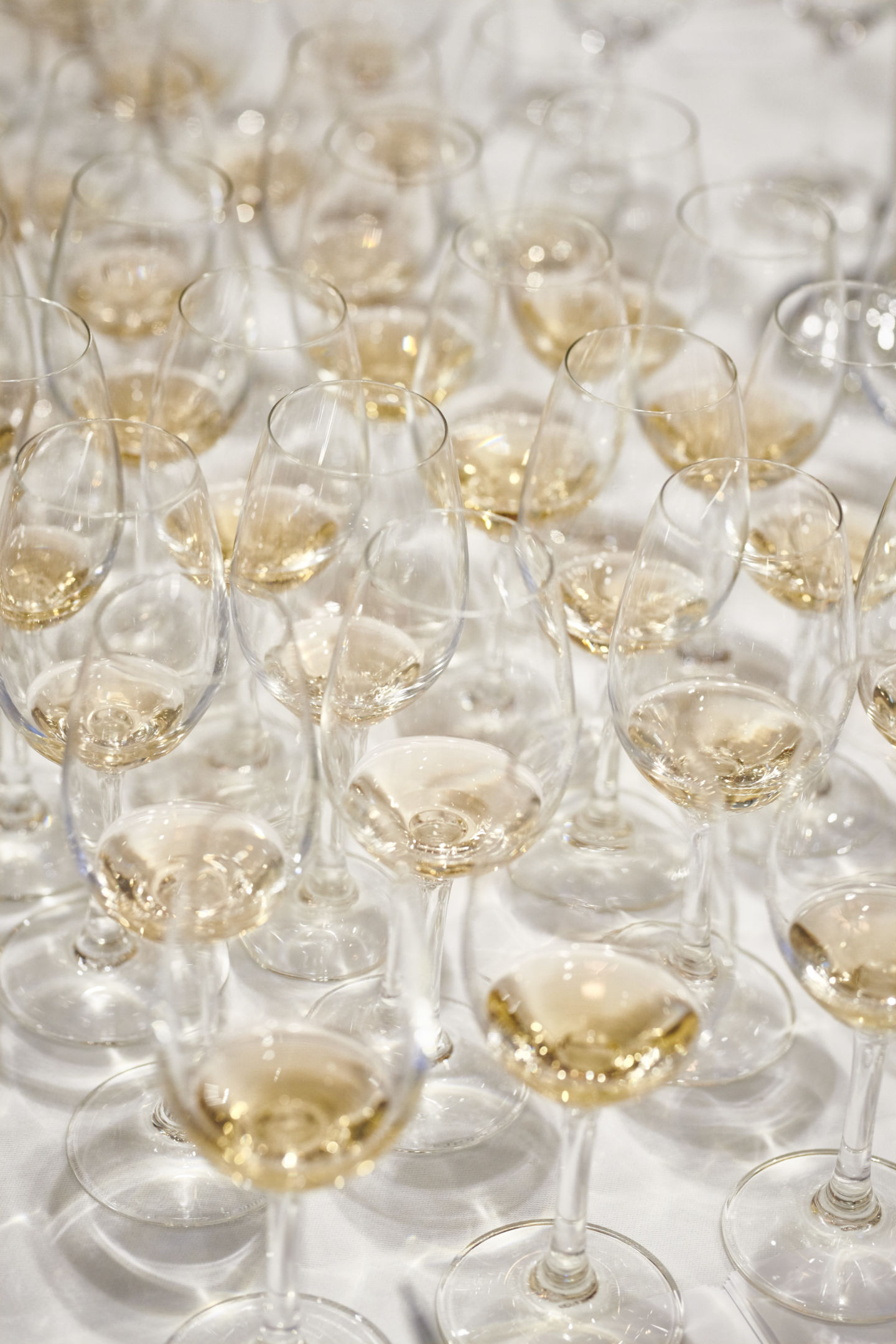Opening an envelope to find an invitation to the Gomseglet Connoisseurs event induced a thrill of excitement not unlike Charlie finding his golden ticket to Willy Wonka’s chocolate factory. It’s Champagne rather than chocolate, but there’s a similar air of the miraculous about Marina Olsson, a private collector who puts on annual tastings of extremely rare prestige cuvée Champagnes.
This year is the group’s 20th anniversary, and to mark the occasion, Olsson – probably one of the world’s most important Champagne collectors – has produced something extraordinary, even by her standards: a vertical of 28 vintages of Clos des Goisses, Philipponnat’s iconic flagship wine. It is a testament to her passion that 23 of the wines come direct from the house cellars, with the others (1992, 1988,1986, 1983 and 1980) sourced from private collectors or local trade in Reims, with scrupulous attention to provenance.


I have to admit that Clos des Goisses has a special resonance for me. Many years ago, a tasting of the ’92 and ’93 opened my mind to the vinous complexity and potential of truly great Champagne. There is also something particularly alluring about Clos des Goisses. Located east of the village of Mareuil, towards Bisseuil, in the Vallée de la Marne, the 5.5ha plot is famously steep. Its south-facing vineyards produce grapes that consistently ripen and are picked earlier, yet retain a minerality attributed to its chalky subsoils.
The vineyards are planted with Pinot Noir and Chardonnay, and the final blend is usually around two thirds Pinot Noir and one third Chardonnay. Under Charles Philipponnat, the wine is made with 50% stainless steel and 50% small, three- to four-year-old Burgundian oak barrels. The oak is primarily intended to impart structure and mouthfeel, rather than flavour. As Philipponnat explains, “Because Clos des Goisses fruit is always ripe, the rest of the winemaking is about building structure.” This includes always stopping the malolactic fermentation, to ensure that fresh acidity is retained.


In fact one of Champagne’s most iconic clos (walled vineyards) is technically not a clos. When the majority of the land was first purchased by Pierre Philipponnat in 1935, there was no wall, and the land (and wine) was known simply as Les Goisses. The rest of the plots and the wall came later, and the walls themselves are actually sustaining walls against erosion rather than forming an enclosure, as traditionally conceived.
Clos or no clos, what has never been in question is the remarkably consistent quality of the fruit the site produces. In the very first year Philipponnat made a site-specific wine (an exceedingly rare thing to do in 1935) and has rarely failed to produce a vintage year. In modern times there has been a vintage every year since 1988, despite the inevitable vagarities of vintage. It cannot boast the consistency of some similarly hallowed grand marques, but what it does offer is something very similar to a grand cru Burgundy – at times capriciousness and unpredictability, but at its best, ineffable brilliance.






